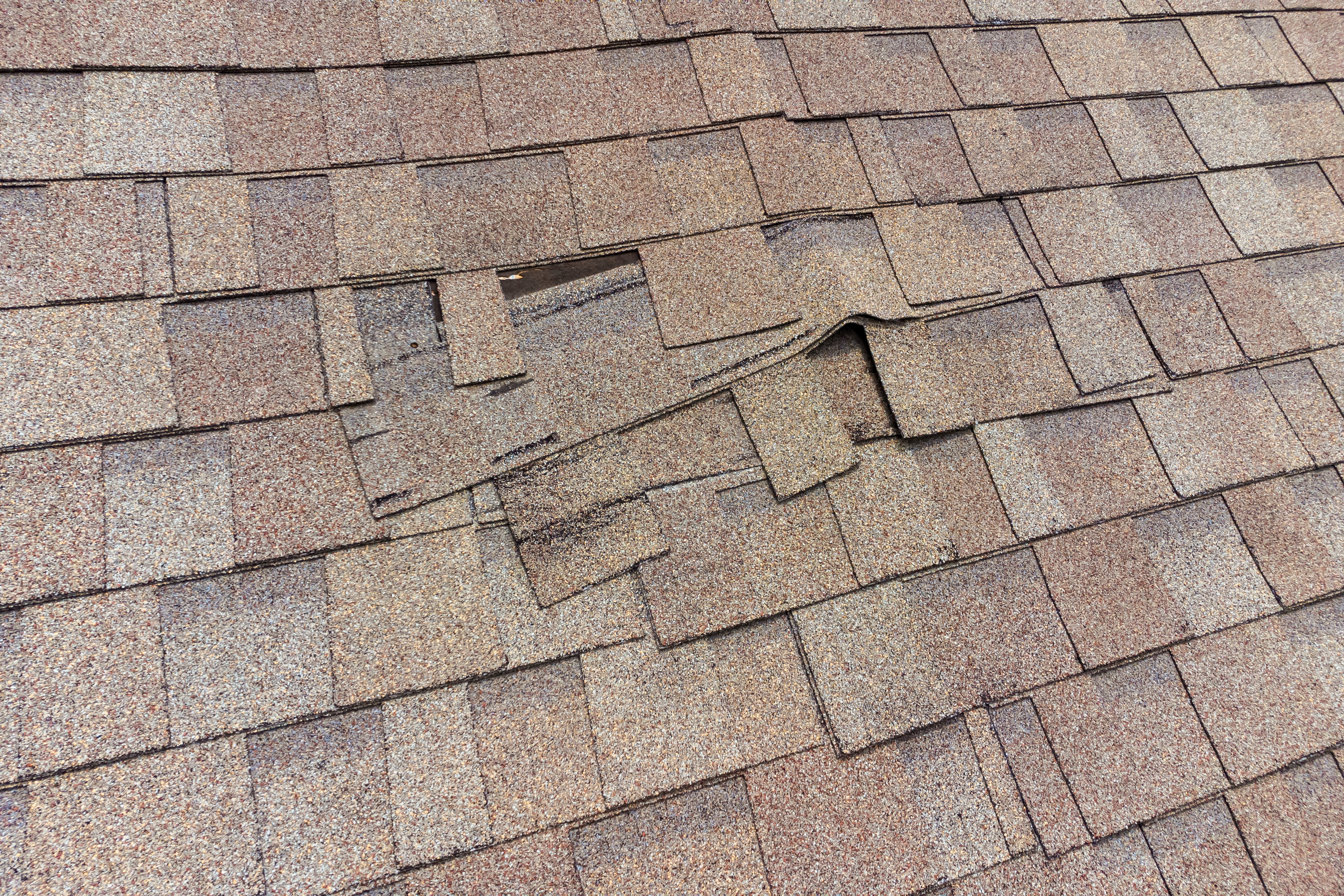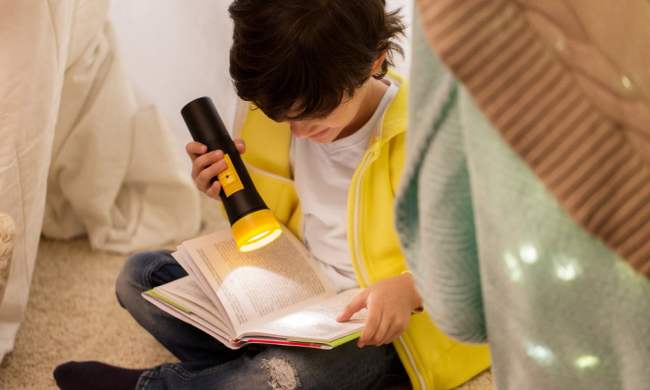A new roof is a huge investment, whether you’re installing it yourself or relying on a roofing company. So it’s reasonable to want to know how far your dollars will go and how long a roof lasts. Professional roofers can’t tell you for sure how long your roof will last. Still, they can give you a good estimate.
Based on numerous factors, we’ll give you the rundown on how long you can expect your roof to last. But first, it’s essential to know if you require a roof replacement.

How do you know when you have to replace your roof?
There are many warning signs on the interior and exterior of your home that tell you if it’s time for a new roof. On the inside of the house, the symptoms are more pronounced. Things like ceiling stains, visible leaks, musty smells in the attic, and moisture accumulation around ventilation ducts are all signs that your roof is struggling.
However, the exterior signs might not be as evident. Dark spots on the roof, missing/cracked shingles, and visible sagging in the roof are more obvious signs. But there are other things like mold on exterior walls that might not immediately make you think your roof is failing. For more signs that you need a new roof, check out our post on roof costs.
How often should you replace your roof?
The answer to how often you should replace your roof depends on many factors, which makes it a difficult question to answer. However, assuming your new roof was properly installed with all the right materials, two other main factors can affect how often you should replace your roof.
Roof material
Your roofing material is a major determining factor for how long your roof lasts. The phrase, “you get what you pay for,” is true for many things — but perhaps none so much as a new roof. Aesthetics play a role in the cost of roofing material. Still, for the most part, the more you pay for premium roofing materials, the longer your roof lasts. Below is a list of 10 common roofing materials, beginning with the longest lasting.
Copper: Copper roofing is arguably the longest-lasting roof material and is said to last up to 200 years or more. Another benefit to copper is that it’s a maintenance-free material since the metal doesn’t rust. The natural patina acts as a protective coating layer.
Slate: Slate is an extremely durable stone roofing material that can last up to 100 years. Because of its weight, proper installation of slate roofing is critical.
Zinc: Although not considered as maintenance-free as copper, zinc is more affordable. Zinc roofing can last up to 100 years, and it also develops an aesthetically pleasing patina over time.
Clay: Clay tiling is common in tropical areas and is a durable roofing material that can last up to 100 years.
Cement: This material is similar in appearance to clay but more affordable because it’s easier to manufacture. Cement tiled roofs can last up to 75 years.
Steel: Steel roofing is common in commercial buildings but becoming more popular in residential homes. A steel roof with a premium coat of weather-resistant paint can last up to 75 years.
Green roofs: Green roofs are an eco-friendly roofing solution that incorporates grass and other vegetation on the roof. These roofs require more maintenance but have many benefits, such as cutting down on utility costs. Green roofs are costly to install and maintain but can last up to 50 years.
Composite roofs: Composite roofs are made from synthetic materials and resemble other materials like slate or clay. This roofing can last up to 50 years.
PVC membrane: PVC membrane is a durable, synthetic material that comes in rolls and is designed for flat or low-slope roofs. This roofing can last up to 35 years.
Asphalt: The most common and affordable roofing material, asphalt has two levels of quality. There are the 30-year asphalt shingles, which actually only last around 10 to 20 years. With 50-year asphalt shingles, which are thicker and more premium shingles, you can get up to 35 years out of them, depending on the environmental conditions.
Environmental conditions
The second factor that helps determine how long a roof will last is your geographic location and the type of weather your roof must endure. In temperate areas with low storm activity like Southern California, you can probably expect to get around the full life expectancy from your roof. However, in areas of extreme storms, heat, or cold, your roof will take a beating — therefore, you can expect you’ll need to replace your roof sooner.
Final thoughts
When it comes to our homes, we want to make them last as long as possible. Unfortunately, in the case of roofing, in particular, we can only use the materials we can afford. It makes sense that asphalt is the most commonly used roofing material because of its affordability. For the same reason, it makes sense that it has the shortest life span. If you plan on being in your home for over 10 years and don’t want to replace your roof multiple times, it might be worth saving up for premium roofing material.




